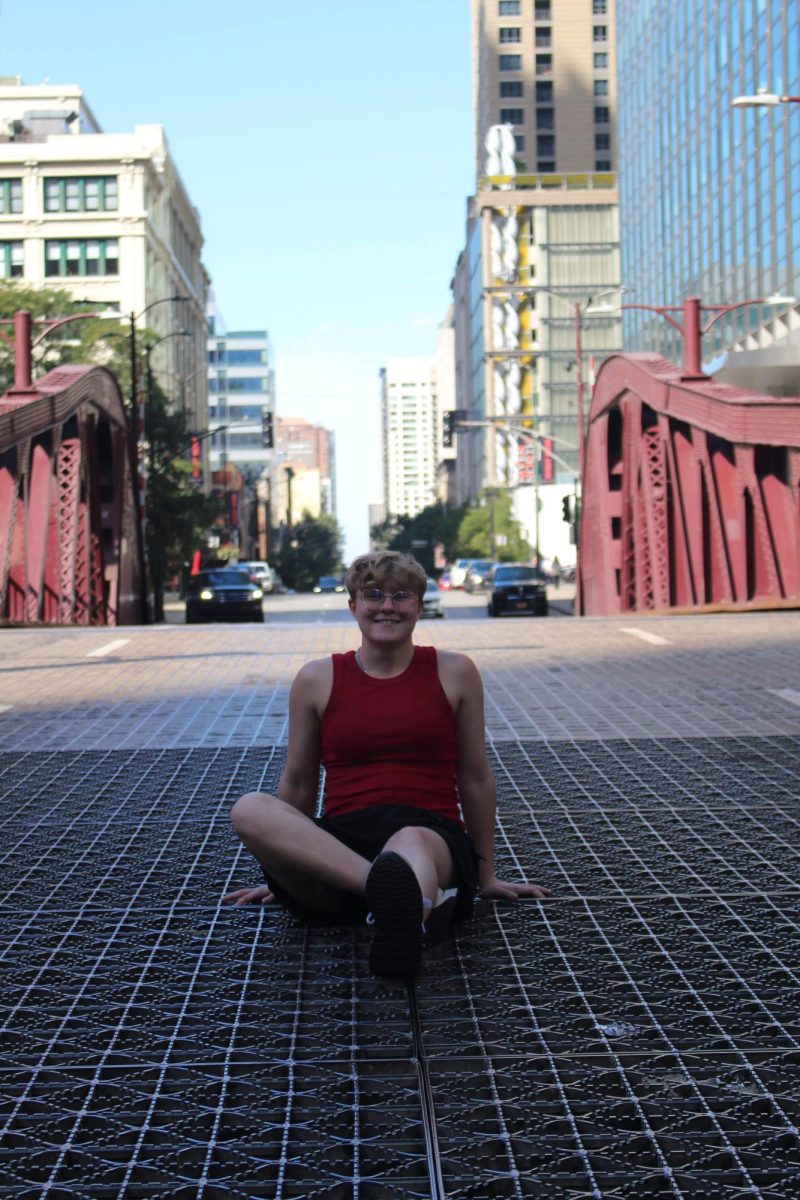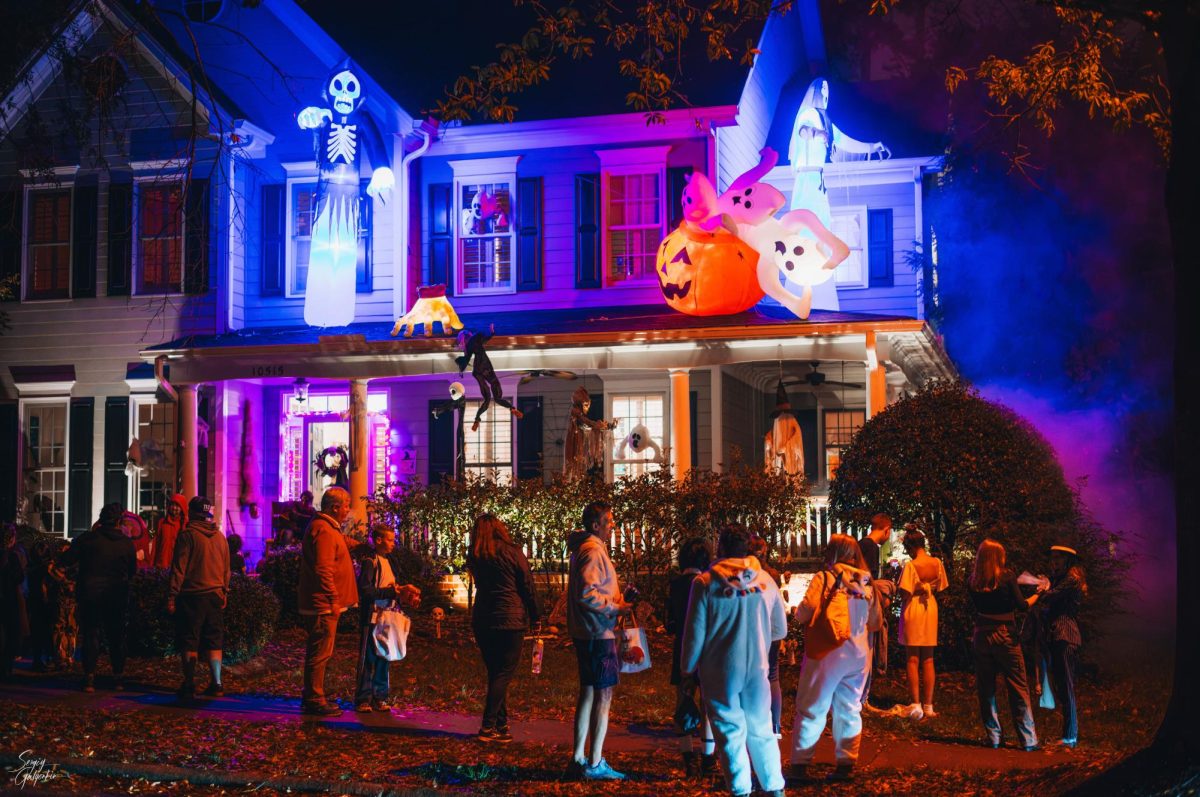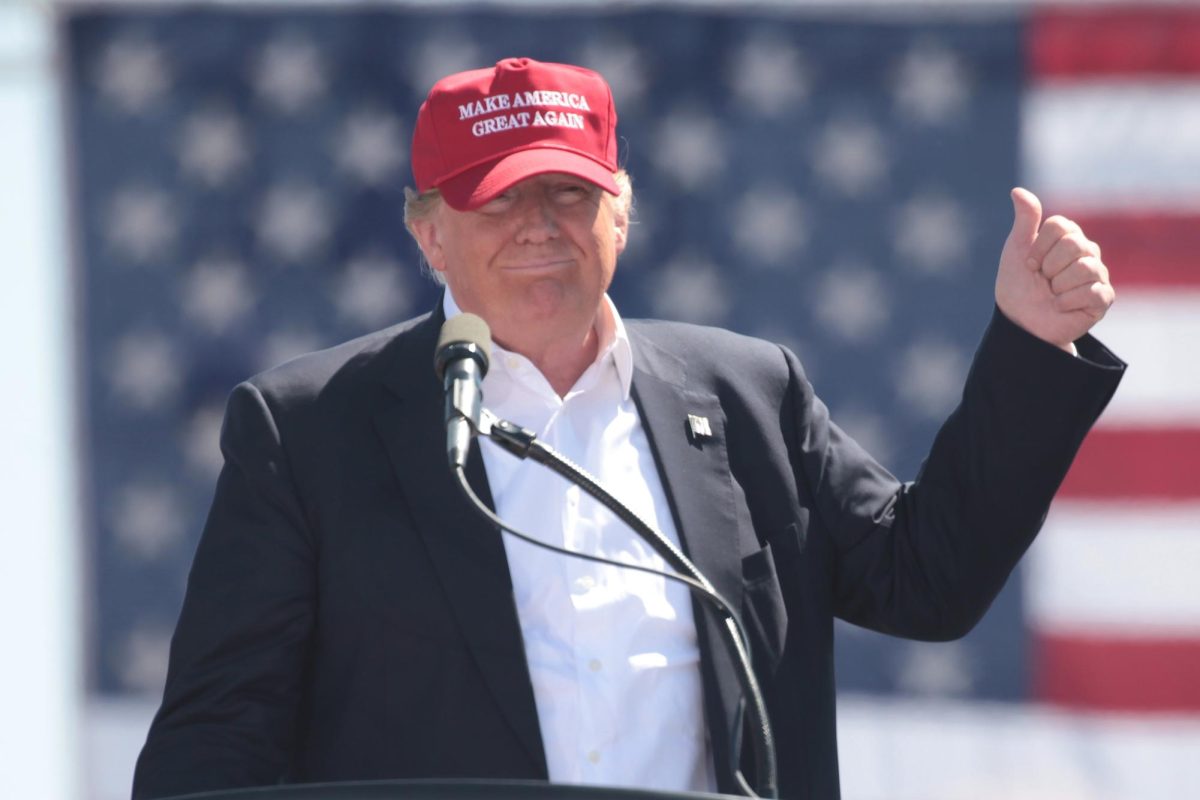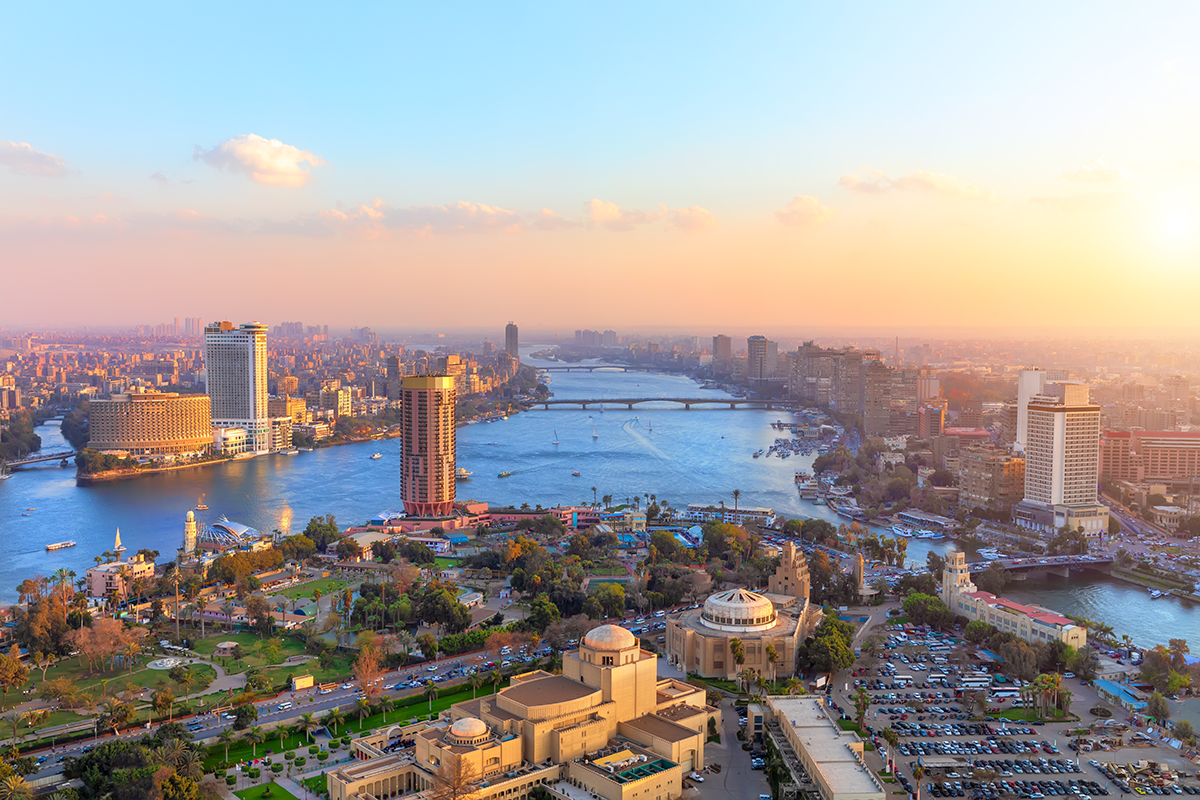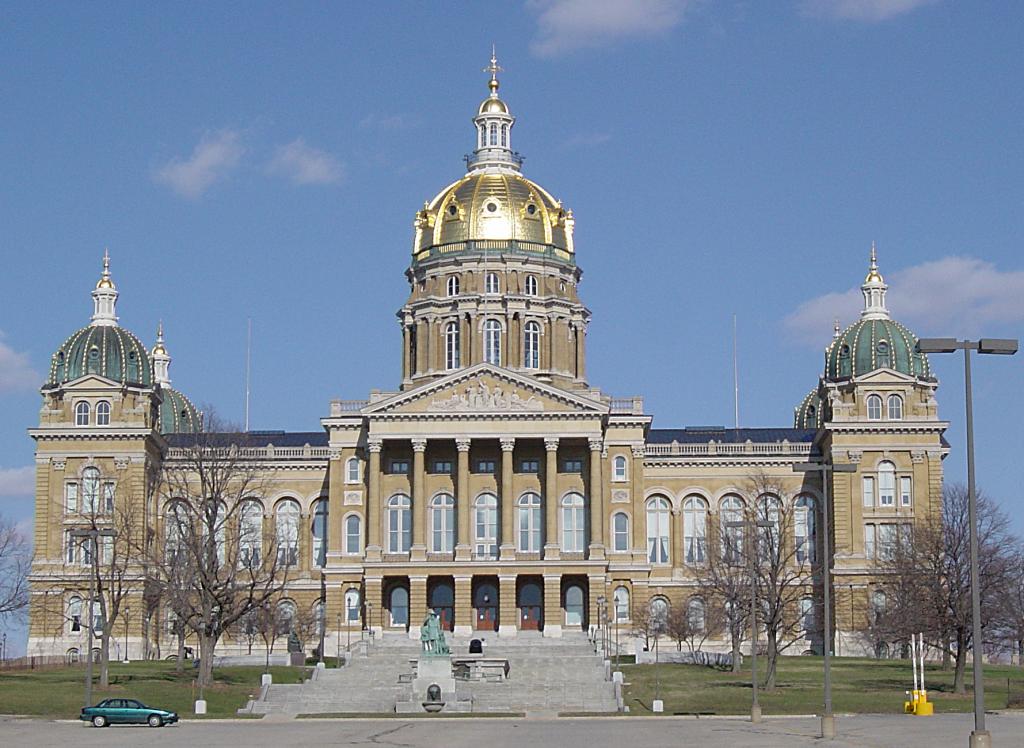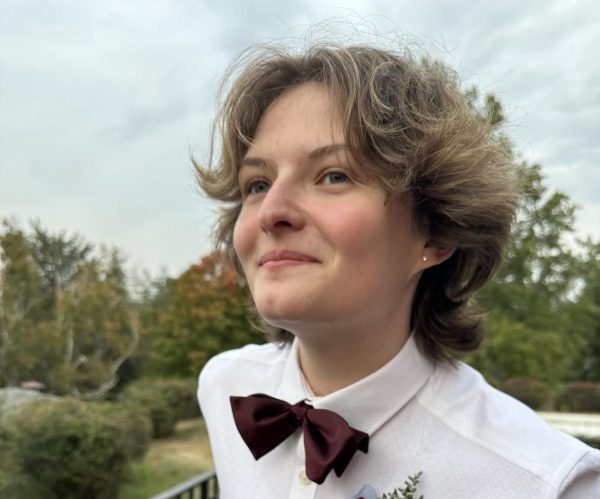On Easter Monday, billions of Catholics all around the world received striking news: Pope Francis had passed away from a stroke followed by a coma and irreversible heart failure. Initially treated for bronchitis, he developed double pneumonia, and his condition worsened throughout the next two weeks. He was the 266th Pope of the Roman Catholic Church and the first Latin-American pontiff. Pope Francis held the title for 12 years, and during those years, he built a reputation for his more progressive views, having a strong stance on migrants, capital punishment, and homosexuality. He issued an encyclical letter on the environment that criticizes consumerism, highlights environmental deterioration and global warming, and calls all people of the world to take unified global action. In an interview with American Magazine, he said, “I see clearly that the thing the church needs most today is the ability to heal wounds and to warm the hearts of the faithful; it needs nearness, proximity. I see the church as a field hospital after battle.”
Upon the passing of a Pope, many key events follow. After officials have been alerted and a cause of death is decided, his body is immediately placed inside his coffin. The chamberlain, a cardinal who serves as the acting head of the Vatican during the time between the death or re-election, is then to produce a declaration that the Pope has died and include the health service’s report. The coffin and body are transported to St. Peter’s Basilica, where a series of rituals follow. They are compiled in a book called the Ordo exsequiarum Romani pontificis, which includes the liturgy, music, and prayers used for papal funerals over the centuries. The formal prayer, Litany of the Saints, is sung during the ceremony. There, the body and coffin are set facing the audience, and the paschal candle is placed next to the coffin. Vatican coins, a custom euro coin, produced during the papacy, are placed into a bag inside the coffin. A one-page account of the papacy is written. It is read by the Master of Pontifical Liturgical Celebrations, inserted into a tube, and placed in the coffin. Once the coffin is sealed, a funeral is held.
Once the funeral has concluded, the historical election begins. The church’s Cardinals begin by holding a series of meetings at the Vatican called general congregations. They discuss the needs and the challenges facing the Catholic Church globally. Decisions that only the Pope has the authority to make must wait until after the election. There are 250 Cardinals, and they are only allowed to vote if they are under the age of 80. This rules out 115 of them from casting a vote. Two cardinals stepped down from participation in the conclave due to health reasons. With all of these factors, only 133 out of 250 of them will be voting. The Cardinal electors take an oath of absolute secrecy before sealing the doors of the Sistine Chapel. Before the election, they begin with a random drawing that selects people to serve in three categories: three scrutineers, three infirmaries, and three revisers. Once they are selected, they will complete two ballots in the morning and two in the afternoon. They repeat this until two-thirds of the majority agree.
On May 8, the second day of the conclave, white smoke emerged from the Sistine Chapel chimney, indicating that a new Pope had been elected during the papal conclave. Senior cardinal deacon, French Cardinal Dominique Mamberti, announced from the balcony of St. Peter’s “Habemus Papam,” which in English translates to “We have a Pope,” before he was revealed by emerging from the doors. Cardinal Robert Francis Prevost was elected and will be the first American-born Pope. Taking the name Pope Leo XIV, his papacy begins.





